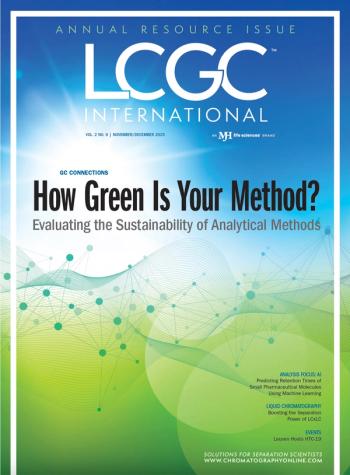
J.T.Baker® High Purity Solvents and Reagents TM ULTRA LC/MS, LC/MS and HPLC Solvents
The AvantorTM J.T.Baker® high purity solvents and reagents will give you the performance you need with minimal risk of contaminants that can limit accuracy and productivity and maximize the sensitivity and detecting power of your instrumentation.
The Avantor™ J.T.Baker® high purity solvents and reagents will give you the performance you need with minimal risk of contaminants that can limit accuracy and productivity and maximize the sensitivity and detecting power of your instrumentation.
Our ULTRA LC/MS grade is ideal for cutting-edge applications such as proteomics, pharmacokinetics, clinical research and drug discovery. Designed to meet the needs of the world’s most demanding UHPLC and LC/MS research and analytical testing applications. ULTRA LC/MS solvents are suitability tested for function-applicable mass spectrometry with both electrospray positive and negative modes.
For more routine applications, our LC/MS solvents and blends are function-tested and optimized for minimal impurities and interference-free baselines, giving you performance you can trust in the mobile phase - every time.
Our HPLC solvents maximize throughput and ease-of-use without sacrificing efficiency or reproducibility. Our solvents and modifiers also help you get optimum performance from sensitive instrumentation.
Visit:
Newsletter
Join the global community of analytical scientists who trust LCGC for insights on the latest techniques, trends, and expert solutions in chromatography.



